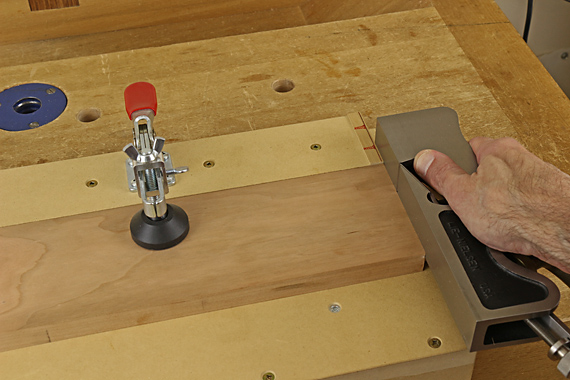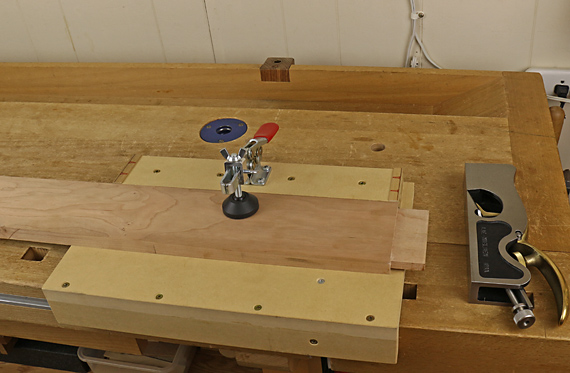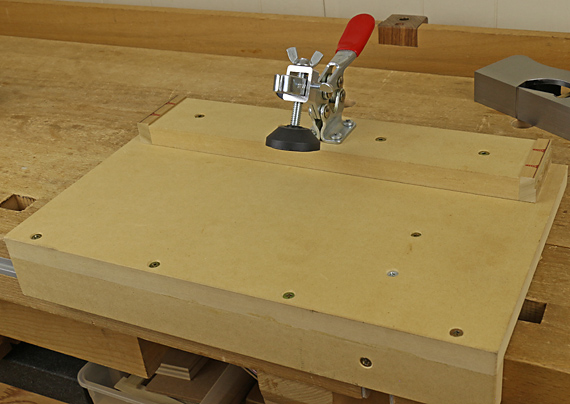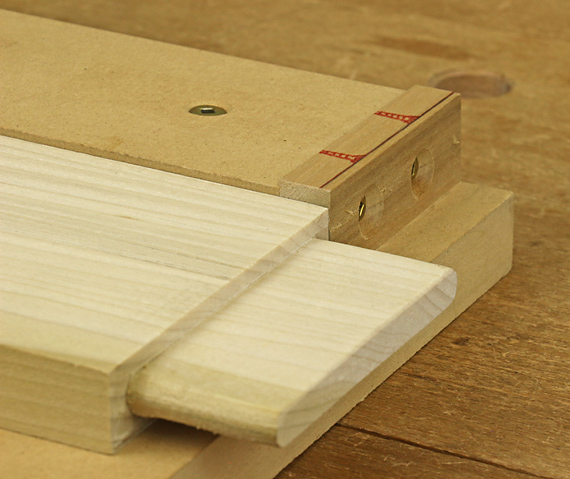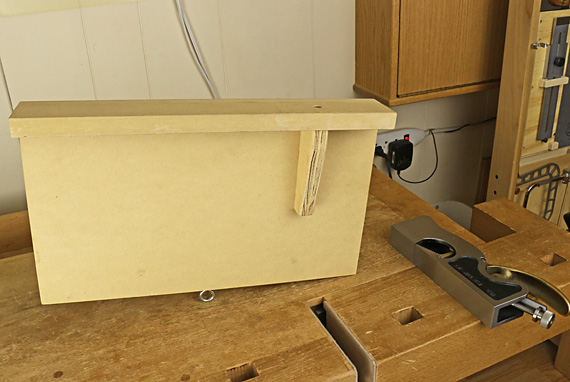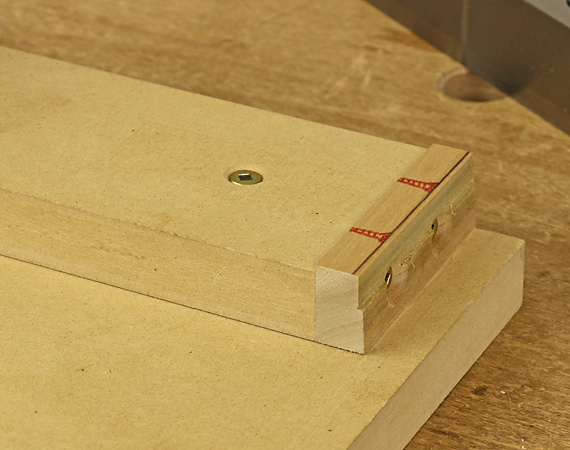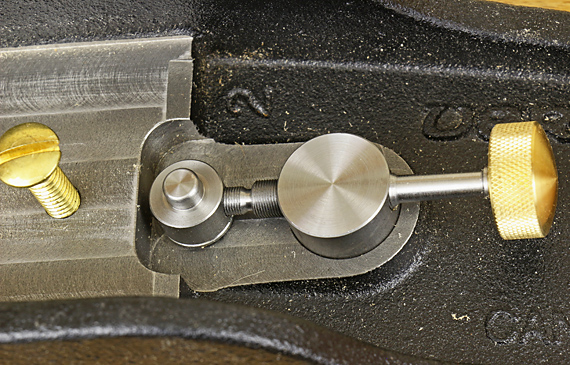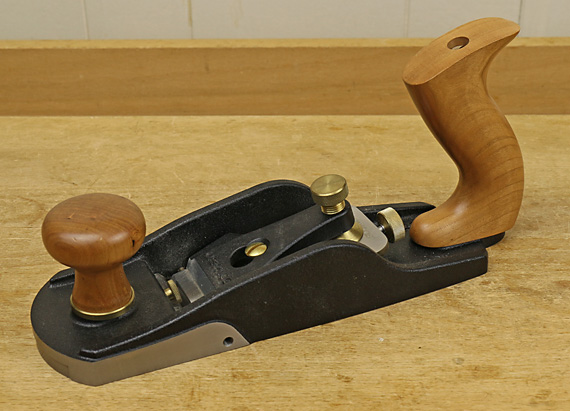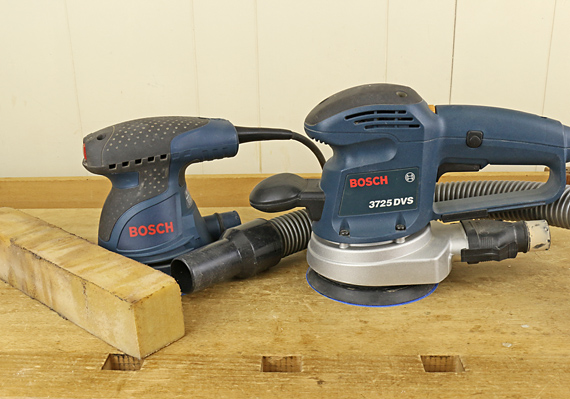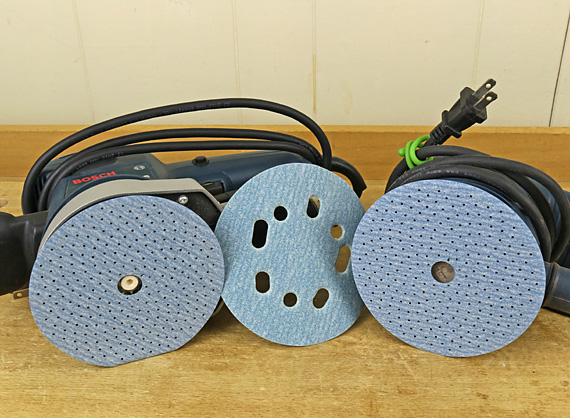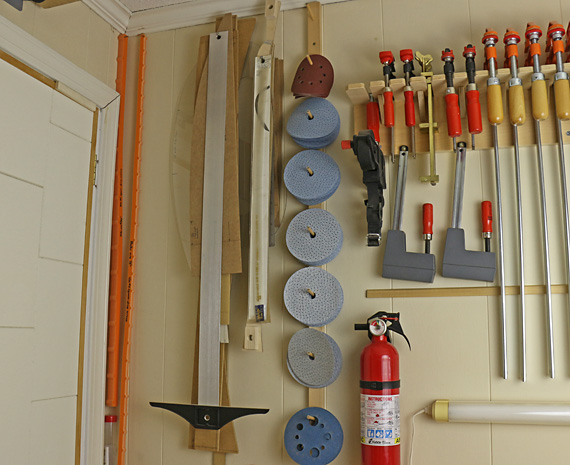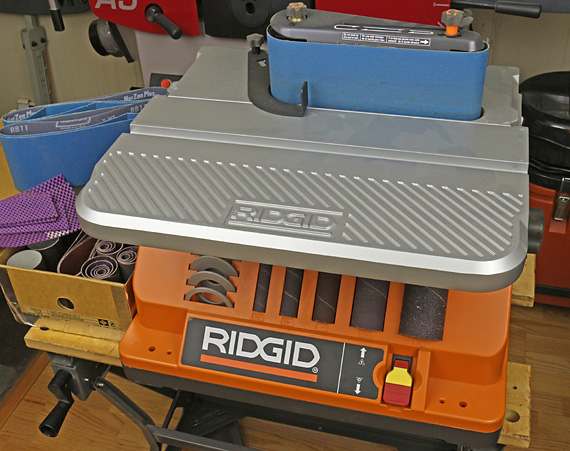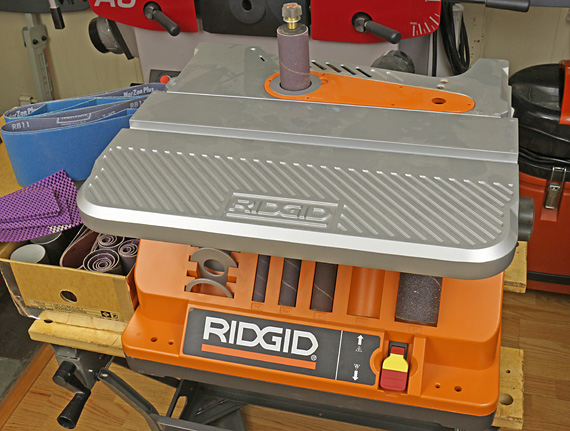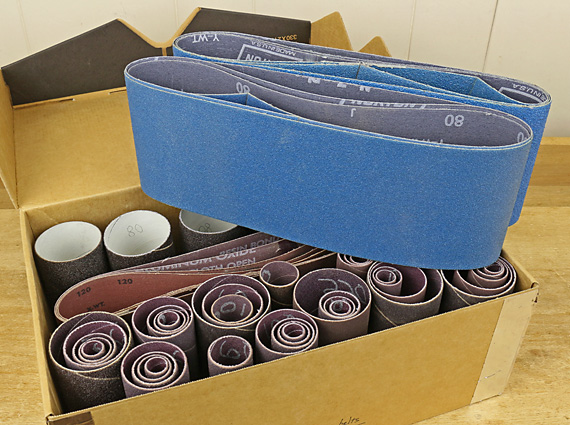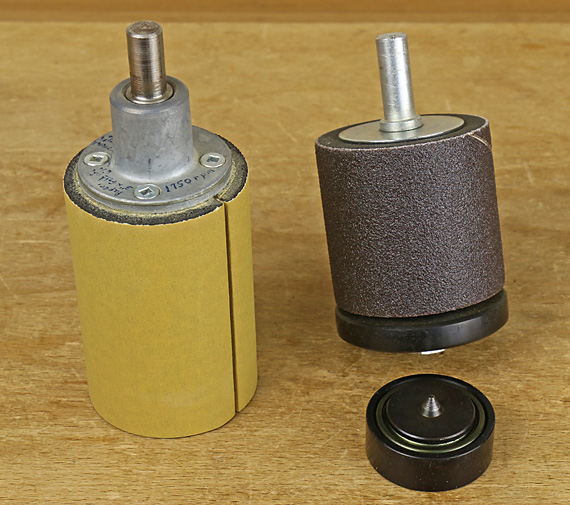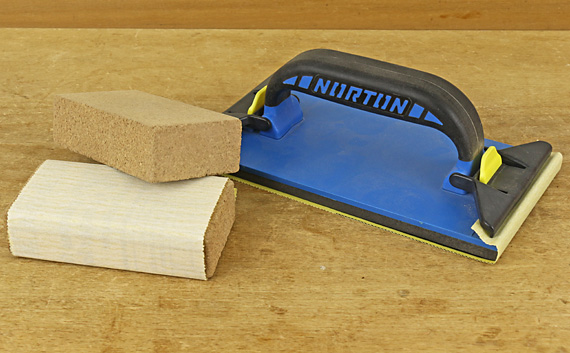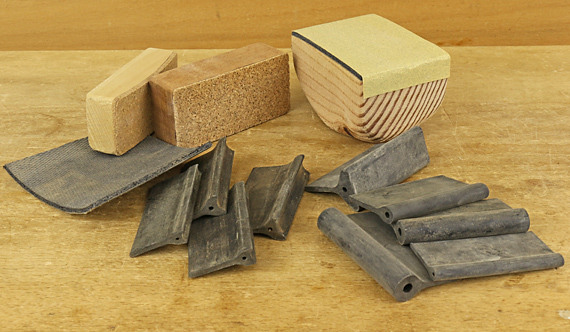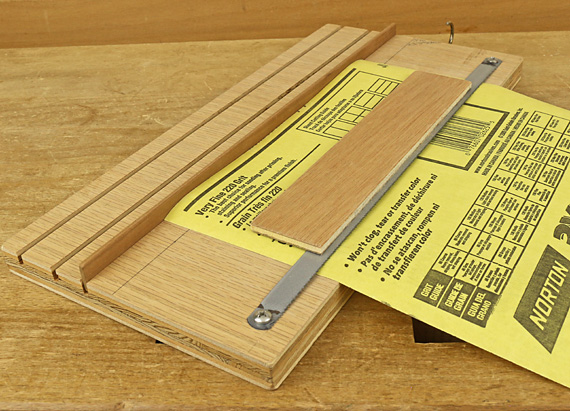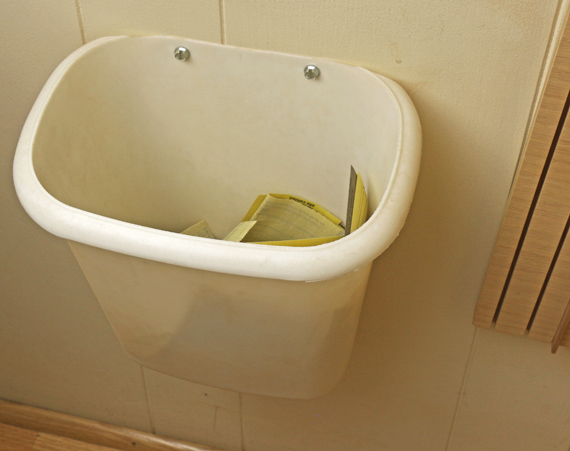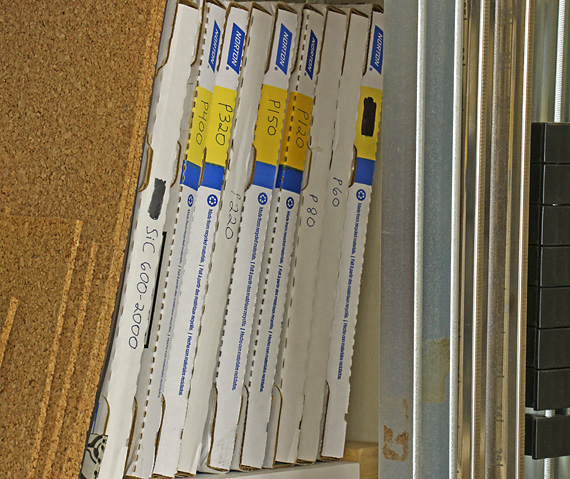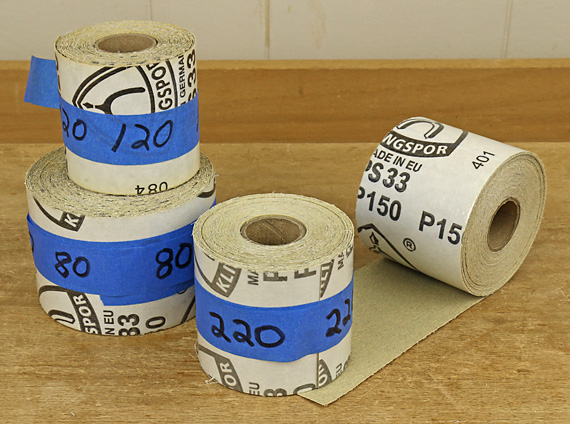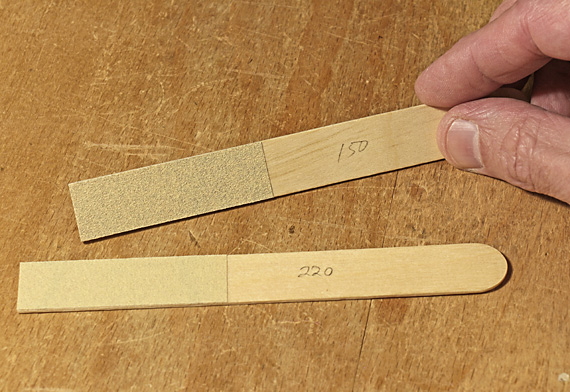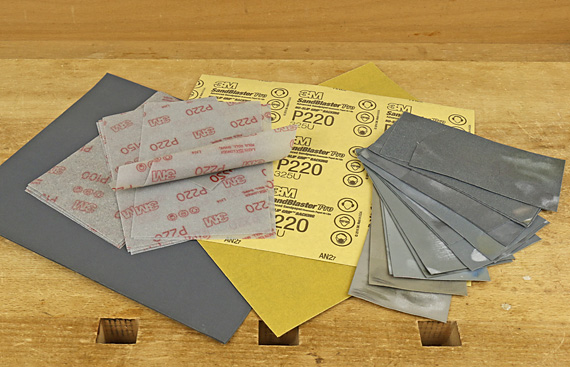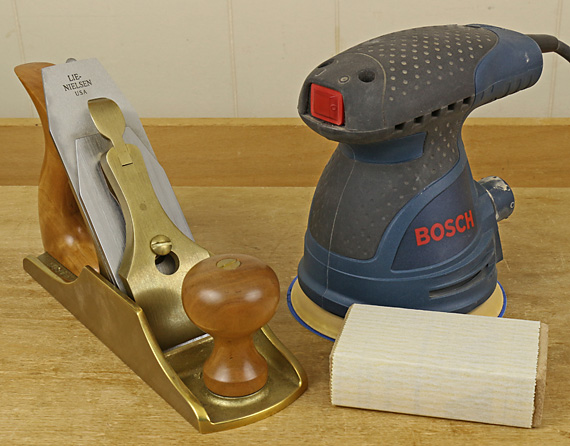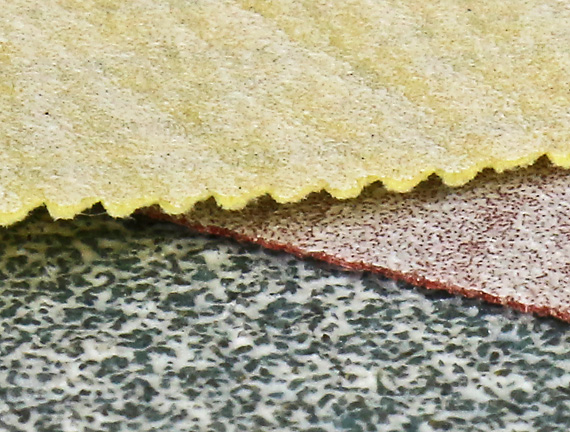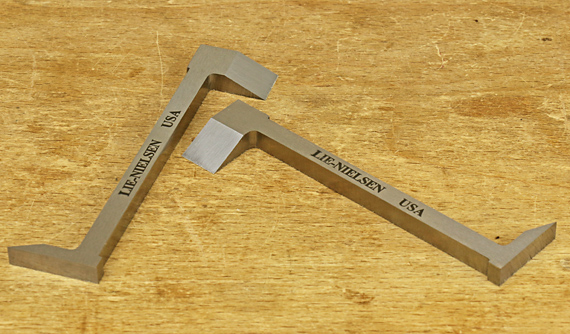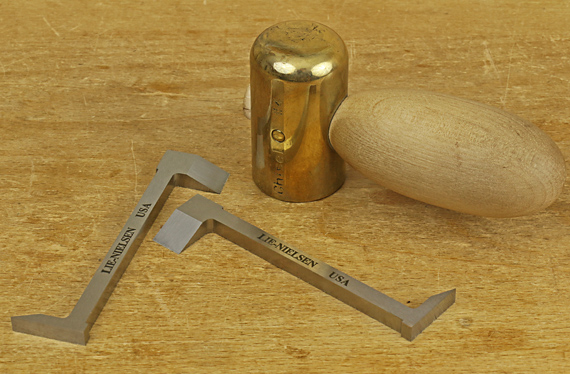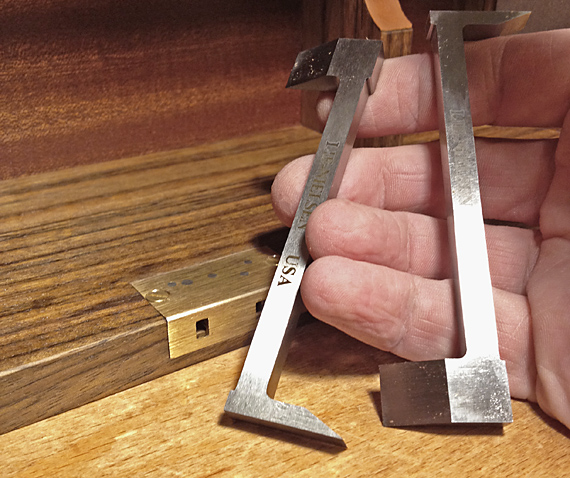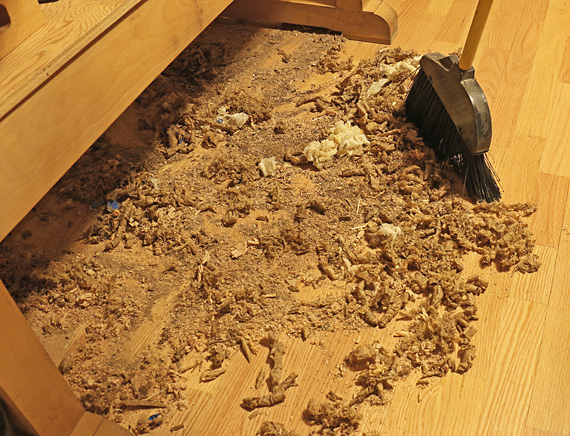
Two nearly magical things in the woodshop are sharpness and good lighting. They are easily neglected, yet you are instantly a better woodworker when you attend to them.
I think most of us have an inner Jobs – the idea guy who will not be bound by conventional limitations – and an inner Woz – the engineer guy who sweats the details to get things done in the real world. It is best to listen to both of those inner voices for meaningful, creative projects to get done.
It is just a matter of personal preference, but I keep my shop neat out of necessity since it is rather small but more so because the orderliness helps keep my mind clear while working.
What should you build next? May I suggest this: that which you really, really want to build; what powerfully compels you; what will have lasting meaning to you. And I bet that is not another box for your chisels – so skip that.
When you make a mistake, what you do afterward is probably going to have the greater effect on the project. Is this a bump in the road or a catastrophe? Pause and assess.
Parasitic vermin who rip off blog content to populate their bogus websites are thieves, plain and simple. Please do not patronize their sites.
Don’t get me wrong, I love hand tools, but I bet very big machines were used to fell the tree, saw the log, and so forth. Our essential reasons for using hand tools are largely different from those of woodworkers in the 18th century. My point is simply to keep things practical and avoid purism. We can improve on the 18th century.
Brace yourself, here is a Beatles-style song created with artificial intelligence. Yes, it is awful, because it is a conglomeration of formulaic snippets with no consequential cohesive structure, no grande ligne, and hence, no impact. That is a powerful aspect we humans can bring to a creative work. Don’t be artificial.
Being cognizant of whether you are shaping wood (e.g. squaring, flattening, cutting a joint or curve) versus smoothing the surface of wood, or both at once, is a simple habit of mental clarity that makes woodworking processes more directed and reliable.
I just do not get tired of wood; I love it. This too:


